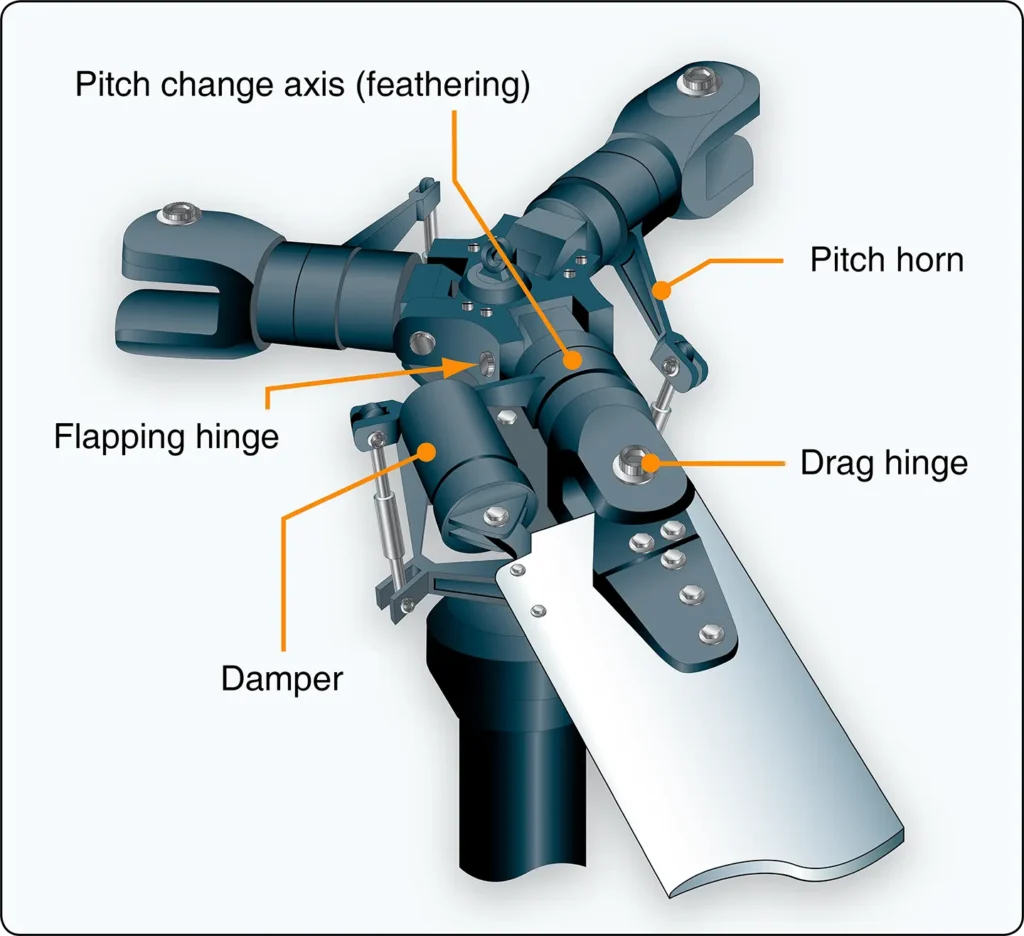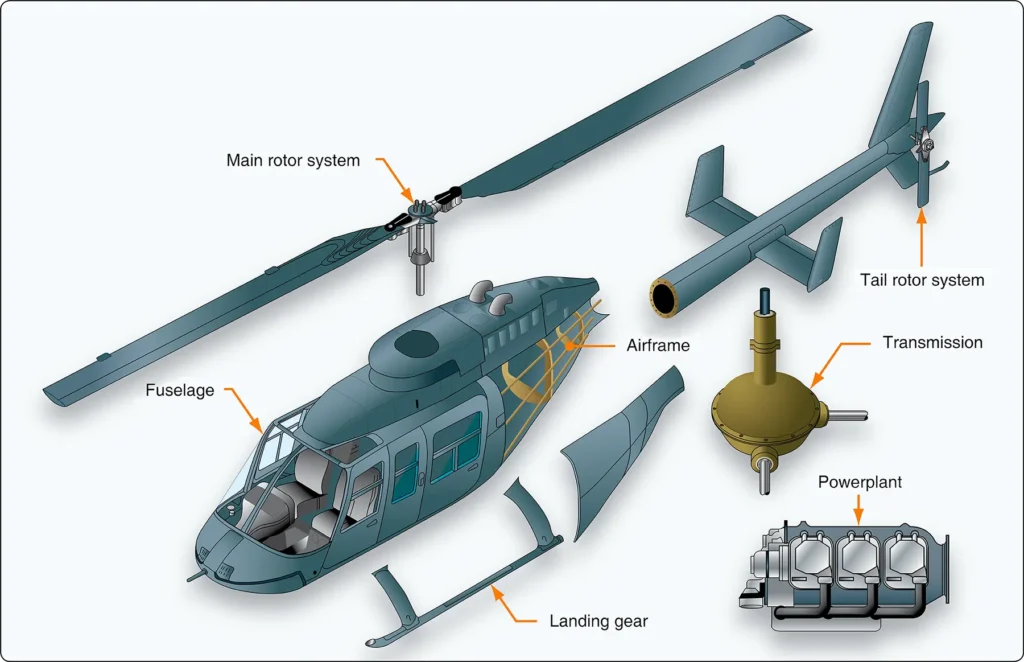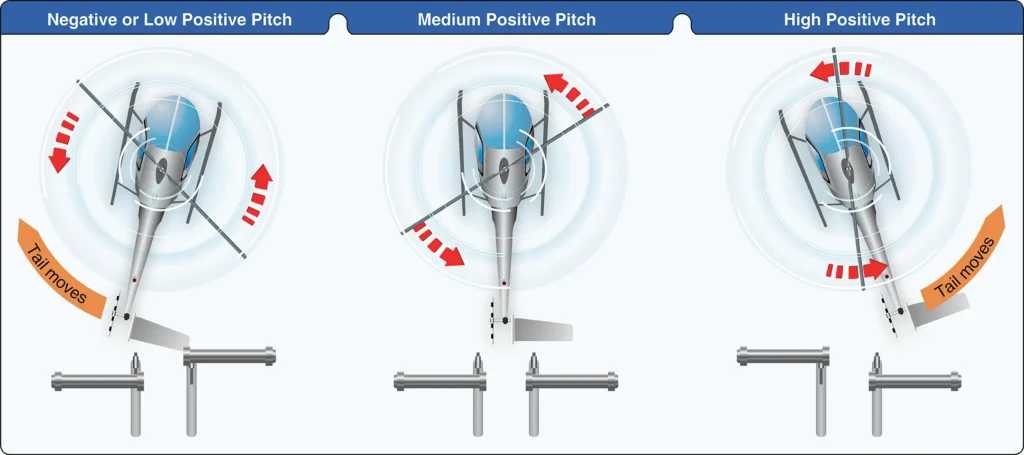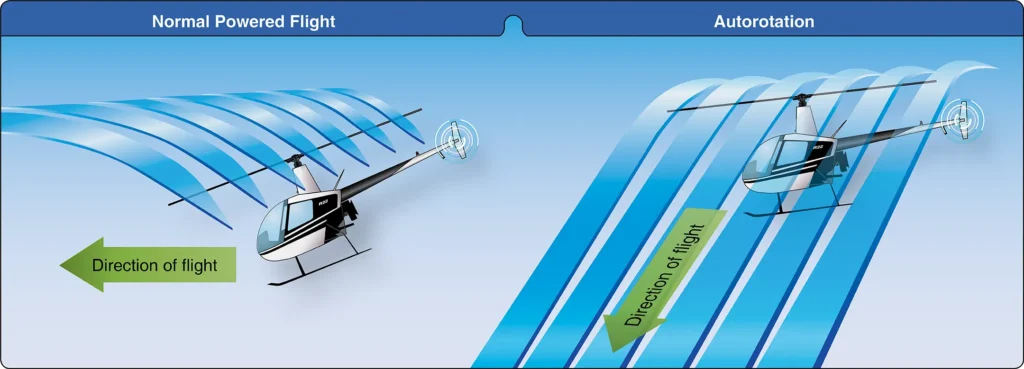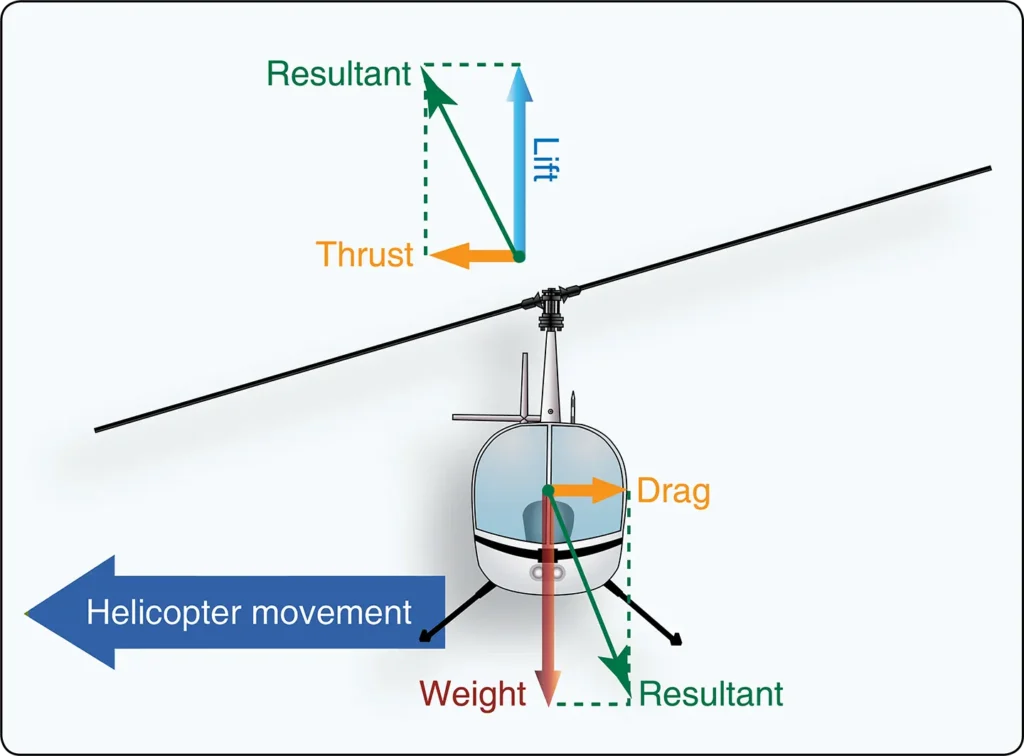Helicopter Fuel Systems
Flying Training, Helicopter FlyingThe fuel system in a helicopter is made up of two groups of components: the fuel supply system and the engine fuel control system. Fuel Supply System The supply system consists of a fuel tank or tanks, fuel quantity gauges, a shut-off valve, fuel filter, a fuel line to the engine, and possibly a primer […]

